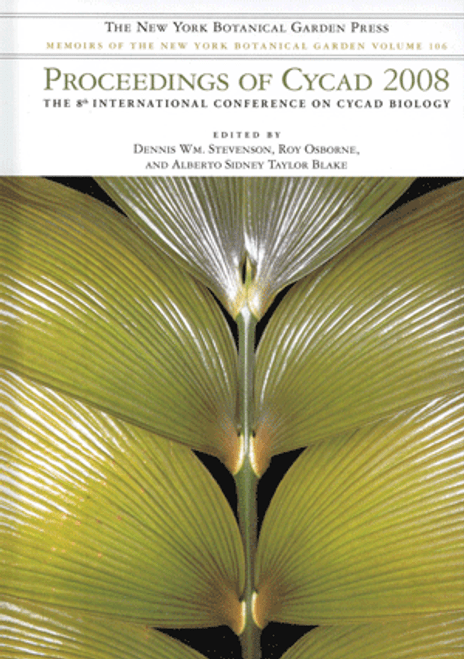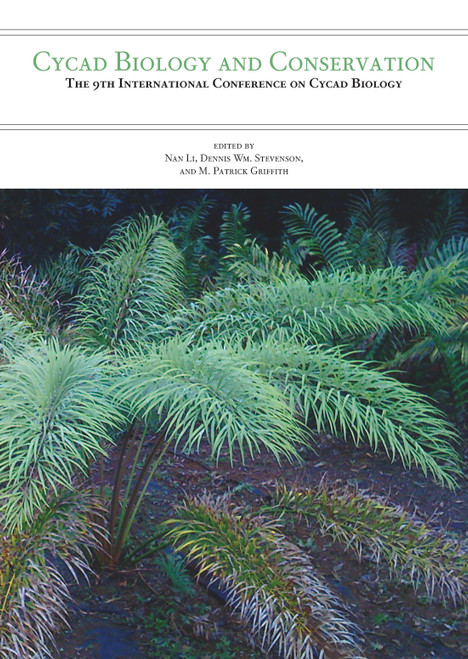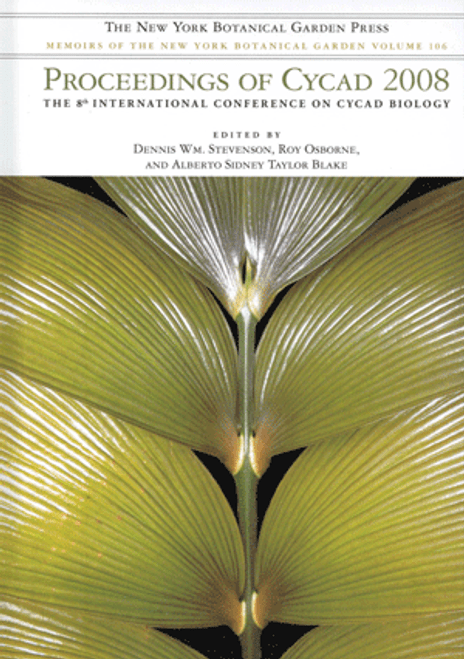This purchase only includes chapter 9 of this title.
Abstract
Approximately 66% of the world’s cycad taxa are threatened with extinction, making cycads the most threatened group of plants on earth. With 56% of Africa’s 67 cycad species, South Africa is the continent’s cycad diversity hotspot. Thirty-eight taxa are indigenous to the country (37 Encephalartos species and Stangeria eriopus), 29 of which are endemics. However, the country is currently experiencing a “cycad extinction crisis� due to illegal collection of wild plants for the horticultural trade and to a lesser extent the traditional medicine trade. Cycads are used throughout the world for traditional purposes, and in South Africa the stem material of 26 indigenous species is used for traditional medicine. This paper synthesizes unique methodologies developed for identifying and quantifying cycad stem material traded for traditional medicine based on recent research conducted on Encephalartos in South Africa. The application of a photographic identification key for the stem material of six Encephalartos species commonly traded is discussed, and complexities with identification and quantification of cycads in the traditional medicine and horticultural trades are emphasized. Recommendations for further ethnobotanical studies on cycads are highlighted.
Keywords: Encephalartos, harvesting, identification, quantification, size, traditional medicine trade











